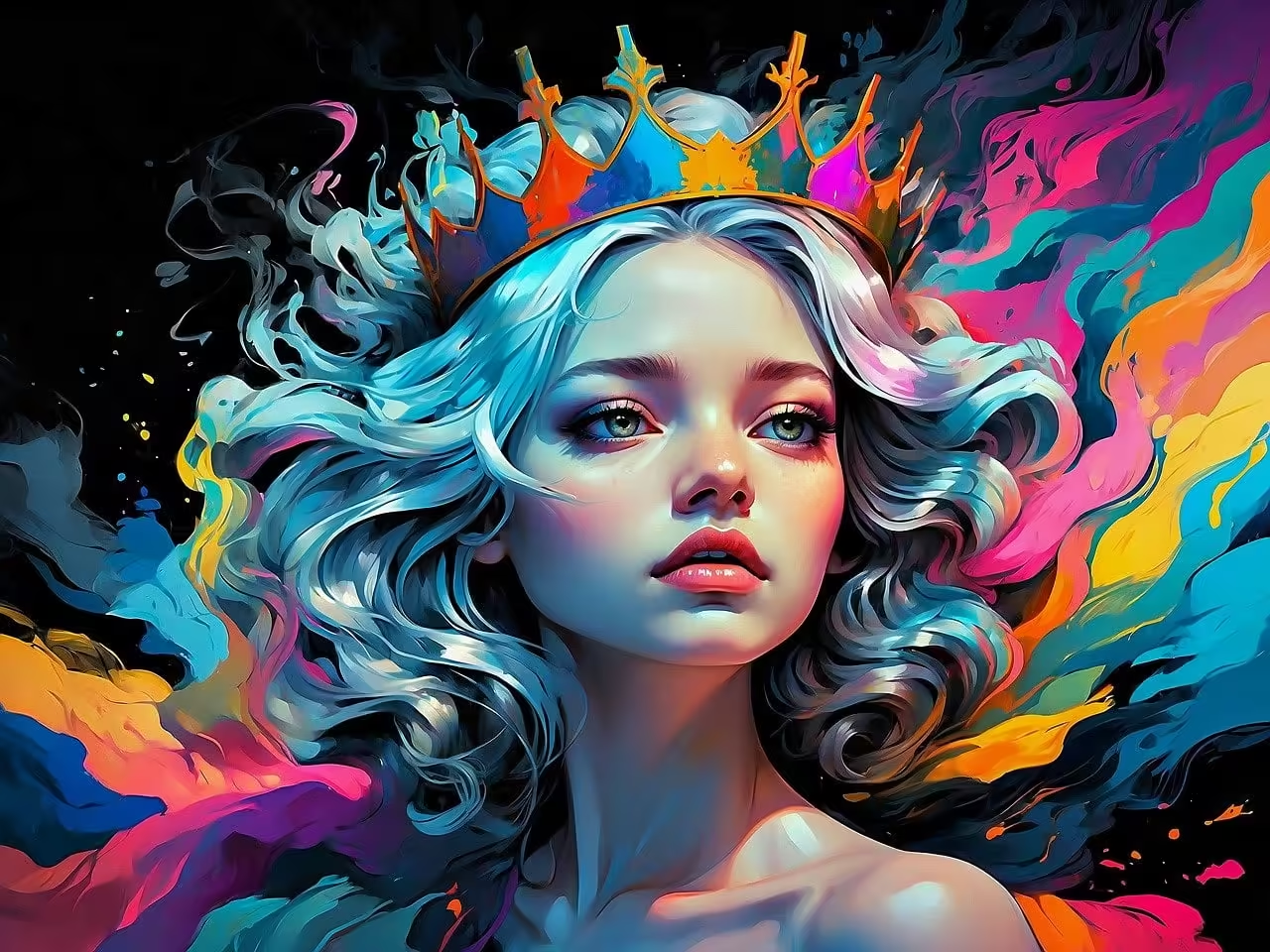In recent years, artificial intelligence (AI) has made significant advancements and has started to revolutionize various industries. One area where AI’s impact is particularly noticeable is in the realm of art, design, and content creation. With its ability to analyze vast amounts of data, generate unique ideas, and mimic human creativity, AI is reshaping the way we approach and appreciate creative endeavors.
The Rise of AI in Art
AI has the potential to redefine the art world by challenging traditional notions of creativity and authorship. Artists and designers are increasingly using AI algorithms to create unique and thought-provoking pieces of art. These algorithms can analyze existing artworks, identify patterns, and generate new compositions that push the boundaries of imagination.
One prominent example of AI’s impact on art is the creation of “The Next Rembrandt.” In collaboration with a team of data scientists, art historians, and engineers, an AI system analyzed Rembrandt’s works to generate a new painting in his style. The result was a stunning piece that captured the essence of Rembrandt’s artistry, demonstrating the potential of AI to create art that is both innovative and familiar.
Designing with AI
In the world of design, AI is transforming the creative process by augmenting human capabilities and streamlining workflows. Designers can now leverage AI-powered tools to generate design variations, automate repetitive tasks, and gather insights from user data. This allows for faster iteration, improved user experiences, and more efficient design processes.
For example, AI algorithms can analyze user preferences, behavior, and feedback to generate personalized design recommendations. This enables designers to create tailored experiences that resonate with their target audience. Additionally, AI can assist in automating mundane design tasks, such as resizing images or selecting color palettes, freeing up designers to focus on more strategic and creative aspects of their work.
AI and Content Creation
Content creation is another area where AI is making a significant impact. AI-powered tools can generate written content, edit existing texts, and even create entire narratives. This has implications for various industries, including journalism, marketing, and entertainment.
Automated content generation can help journalists and content creators sift through vast amounts of data, identify trends, and produce data-driven articles. AI algorithms can analyze historical data, social media trends, and user behavior to generate news stories that are timely, accurate, and relevant.
In the marketing world, AI can assist in creating personalized and targeted content. By analyzing customer data, AI algorithms can generate tailored product descriptions, email campaigns, and social media posts that resonate with individual consumers. This level of personalization can significantly enhance customer engagement and drive conversion rates.
The Human-AI Collaboration
While AI is undoubtedly transforming the creative landscape, it is important to recognize the value of human creativity and expertise. AI should be seen as a tool to augment human capabilities rather than replace them. The most successful creative endeavors often arise from a collaboration between humans and AI.
By embracing AI, artists, designers, and content creators can unlock new possibilities and push the boundaries of their craft. AI can provide inspiration, generate ideas, and automate repetitive tasks, allowing creatives to focus on the more nuanced and imaginative aspects of their work.
The Future of Creativity
The impact of AI on art, design, and content creation is still in its early stages, and the possibilities are vast. As AI continues to evolve and improve, we can expect to see even more innovative and groundbreaking creative works. The role of AI in the creative process will likely continue to expand, challenging our perceptions and pushing us to explore new frontiers of creativity.
However, it is important to approach AI with caution and ethical considerations. As AI becomes more integrated into the creative process, questions of authorship, ownership, and the impact on human creativity will arise. Striking a balance between AI and human involvement will be crucial to ensure that creativity remains a distinctly human endeavor.
In conclusion, AI’s impact on art, design, and content creation is undeniable. From generating unique artworks to streamlining design processes and automating content creation, AI is reshaping the creative landscape. By embracing AI as a tool and collaborating with it, artists, designers, and content creators can unlock new possibilities and usher in a new era of creativity.

